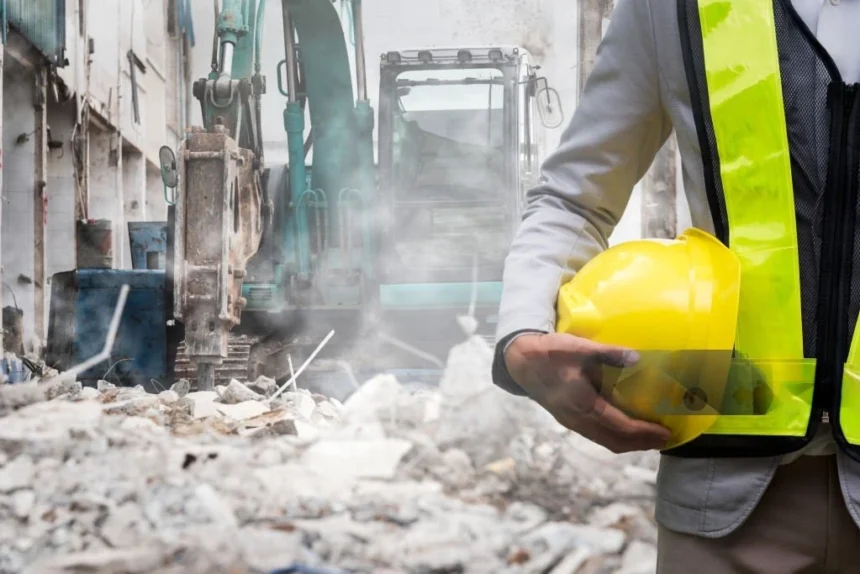In industrial environments, dust is more than just a minor inconvenience — it’s a by-product of production, movement, and processing that can quietly cause significant problems if left unmanaged. From cement plants to timber yards, foundries to manufacturing lines, dust is often part of the landscape. But its presence isn’t harmless.
Industry dust varies in size, composition, and behaviour depending on the material being handled. In some settings, it’s fine and airborne; in others, it settles quickly but builds up over time. Some dust is merely a nuisance, while others — like silica or metal particles — carry health risks or environmental concerns. Regardless of its form, one thing remains true: effective dust suppression plays a key role in safe and efficient operations.
The risks associated with industrial dust are wide-ranging. At the simplest level, it can reduce visibility and create slippery surfaces, both of which raise safety issues. In more serious cases, dust exposure can lead to respiratory problems, contaminate products, or pose a fire or explosion hazard — especially when dealing with fine combustible particles in enclosed spaces. Over time, unchecked dust can wear down machinery, clog ventilation systems, and lead to expensive downtime.
It’s often not until operations are interrupted — or inspectors come calling — that the true scale of the problem is acknowledged. That’s why proactive dust management is so important. It’s not about making things look tidy, but about reducing risk, protecting equipment, and maintaining a productive work environment.
Dust suppression in industrial settings typically involves a layered approach. At the source, local exhaust ventilation systems and enclosed conveyors can limit particle escape. In larger spaces, misting systems or air filtration units help capture airborne dust before it spreads. Water sprays are sometimes used, although moisture isn’t always compatible with every process or material. The key is to find a method that fits both the dust type and the working environment.
It’s also a moving target. Industrial processes change, raw materials vary, and even seasonal differences in humidity can affect how dust behaves. That’s why dust control strategies often require regular review and adjustment. What worked well one year might need tweaking the next.
In many sectors, attention to dust control is now built into broader health, safety, and environmental planning. It’s supported by air quality monitoring, employee training, and investment in equipment that prevents the problem before it spreads. These aren’t always headline-grabbing efforts — but they do make a difference.
Industry dust may be an inevitable part of many processes, but its impact doesn’t have to be. With the right planning and practical tools, dust suppression can quietly support cleaner, safer, and more efficient operations — all without disrupting the work it’s there to protect.


